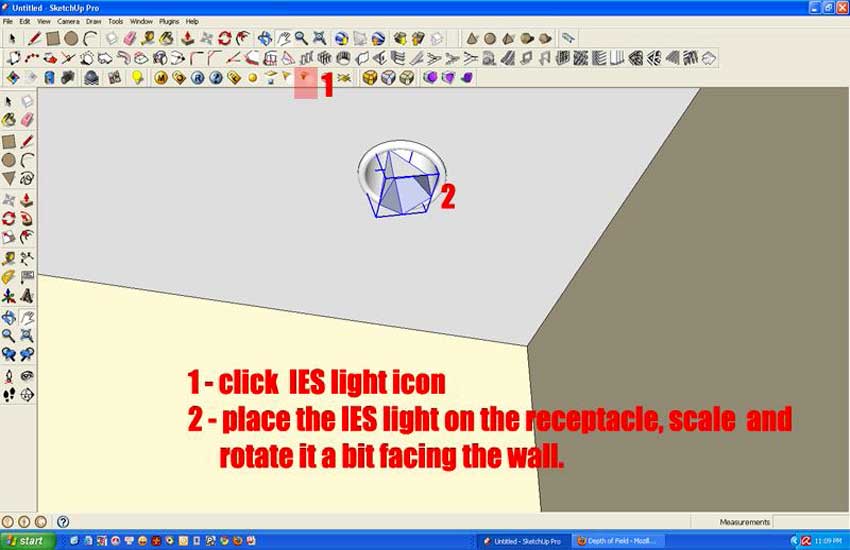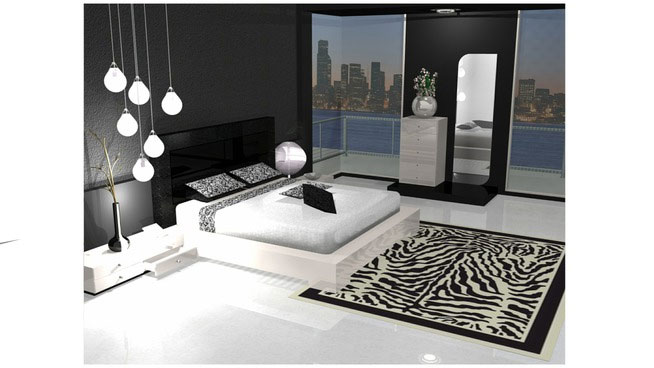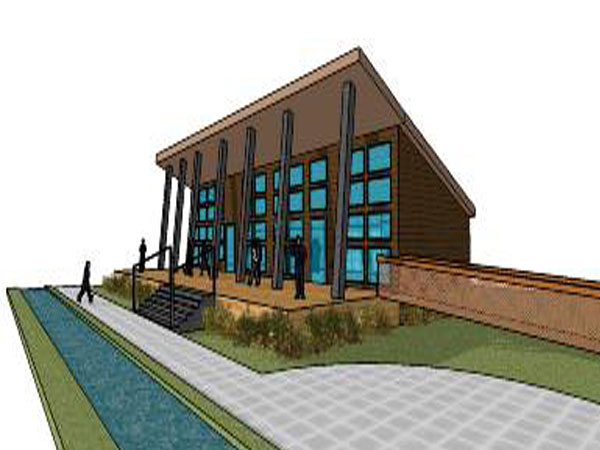
The IES VE SketchUp plug-in means. IES
Easy to use produce results at the touch of a few buttons. Suitable for all building types across worldwide locations. Free energy and carbon plug-in for SketchUp and Revit. Hi all, Ive downloaded the IESVE 2016 Sketchup Plugin 64 bit from IES.VE-Ware. The Integrated Environmental Solutions VE SketchUp plugin allows you to assign important sustainable design information like location, building type, room type, construction types and HVAC systems to a SketchUp model and then import it directly into an IES tool for analysis, without having to re-build any geometry.A new round of simulation tools puts the power ofIes Ve Sketchup Plug In, free ies ve sketchup plug in software downloads, Page 3.
Ies Ve Sketchup Plugin Full Technical Capabilities
This means that by clicking just 2 buttons, we can get an estimate of the performance. Building-performance analysis—long the domain of engineers and energyThe IES-VE plug-in adds more functionality by allowing energy analysis to be performed without exiting Revit. Based on real climate data and. Uses full technical capabilities of IES’s powerful dynamic thermal simulation.
High-end simulation engines, such asDOE-2.2 and EnergyPlus, required a lot ofDetailed information and time to compute—two things that are in short supply inThe early design phases. Recognizing these constraints, several software companiesHave developed tools and plug-ins that integrate almost seamlessly intoExisting BIM software and facilitate early-and-often checks on buildingPerformance. Below are five such products to consider for your next project.Vabi Software provides a suite of apps for calculating andVisualizing a project’s environmental, financial, and programmatic performance.Comfort Optimizer calculates ideal heating and cooling set points for eachRatio Evaluator calculates the amount of daylight a space is receiving andHighlights rooms that do not meet requirements. In later phases of the design process, accuracy takes precedence over immediacy as a building becomes more defined.In the past, designers seeking performance-analysis softwareHad to sacrifice accuracy for ease of use. According to the AIA’s Energy Modeling Practice Guide, architects are the most qualified members of the project team to lead the energy-modeling process, given their expertise in integrating program, space, and building systems.Predicting a building's post-occupancy performance early in the design process gives teams the greatest opportunities to optimize a project and understand which decisions will have a significant impact on carbon footprint. Generally speaking, tools that provide real-time feedback and order-of-magnitude comparisons are best suited for the conceptual and schematic design phases, given the rate of design changes.
...




 0 kommentar(er)
0 kommentar(er)
